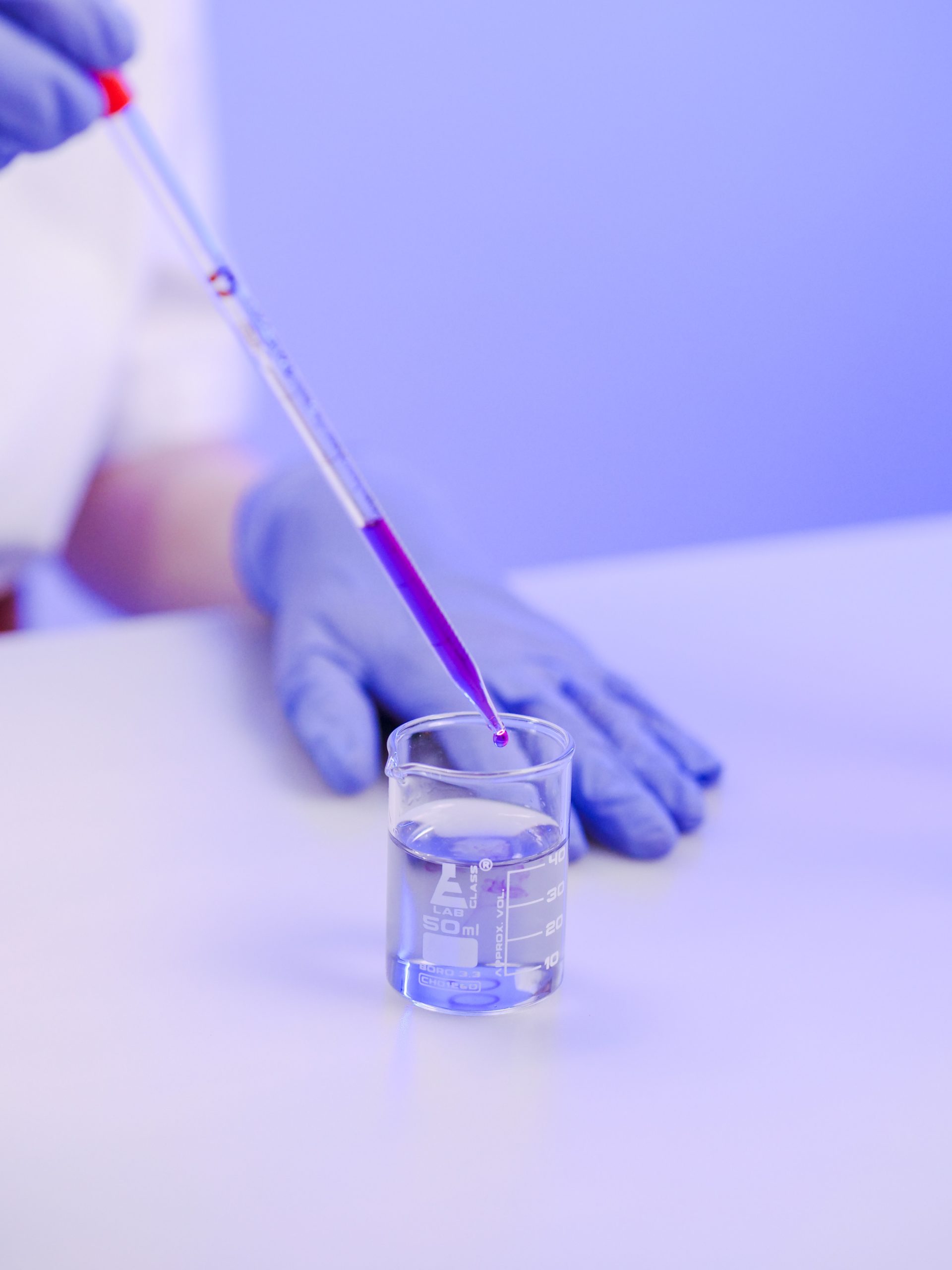You may not be familiar with terms like “defoamers” and “emulsifiers” unless you work in a company that deals with chemicals on a day-to-day basis. Here is everything you need to know about defoamers and emulsifiers.
What Are Defoamers?
A defoamer, also known as an anti-foaming agent, is a chemical additive that prevents foam formation in industrial liquids. While the words “anti-foamer” and “defoamer” are often used interchangeably, it is vital to understand that anti-foamers stop the creation of new foam, whereas defoamers remove the existing foam.
How Do Defoamers Work?
Defoamers are typically insoluble in foamy media and possess surface-active characteristics. Low viscosity and the ability to spread quickly over foamy surfaces are the critical features of a defoamer solution. It clings to the air-liquid interface and destabilizes the foam lamellas, causing air bubbles to burst and surface foam to break down.
Classification of Defoamers
1. Oil-Based Defoamers
Mineral oil, vegetable oil, white oil, or another insoluble oil in the foaming medium (except silicone oil) is used as the carrier oil in oil-based defoamers. These heavy-duty defoamers are ideal for removing surface foam.
2. Powder Defoamers
In theory, powder defoamers are oil-based defoamers on granular carriers like silica. Items like cement, plaster, and detergents contain powder defoamers.
3. Water-Based Defoamers
Industry experts create water-based defoamers by spreading different oils and waxes in a water carrier. The waxes are usually fatty acid soaps, long-chain fatty alcohol, or esters, while the oils are usually mineral or vegetable oils. These substances typically work best as deaerators, meaning they release entrained air.
4. Silicone-Based Defoamers
Polymers with silicon structures are called silicone-based defoamers. These defoamers come in the form of an oil or water-based emulsion. Hydrophobic silica is diffused in silicone oil to form the silicone compound. The addition of emulsifiers helps spread silicone quickly and evenly in the foaming medium.
What Are Emulsifiers?
Emulsifiers are chemicals that aid the mixing of two different liquids. The hydrophilic head of these chemicals bonds with water, whereas the hydrophobic tail prefers oil. The emulsifier binds to the oil/water or air/water interface and lowers the surface tension. This process helps stabilize the emulsion.
How Do Emulsifiers Work?
Emulsifiers are surfactants that nest around the boundary layers between aqueous and greasy components. Grease and water are antagonistic and will cause an emulsion if there is no emulsifier to bind them. The oil would float on water if there were no emulsifier.
Emulsifiers aid the mixing of both components by pushing the water-loving side toward the water and the fat-loving side towards the fat. The surfactant’s HLB value (HLB = Hydrophilic-Lipophilic Balance) indicates how dominant the hydrophilic or lipophilic property is.
Emulsifiers are commonly used in the food industry to keep items wet or greasy or to combine fat-soluble compounds with water.
Connect with Qemi International Inc to learn more about defoamers and emulsifiers and obtain the best tailor-made chemical solutions to fit your requirements.

